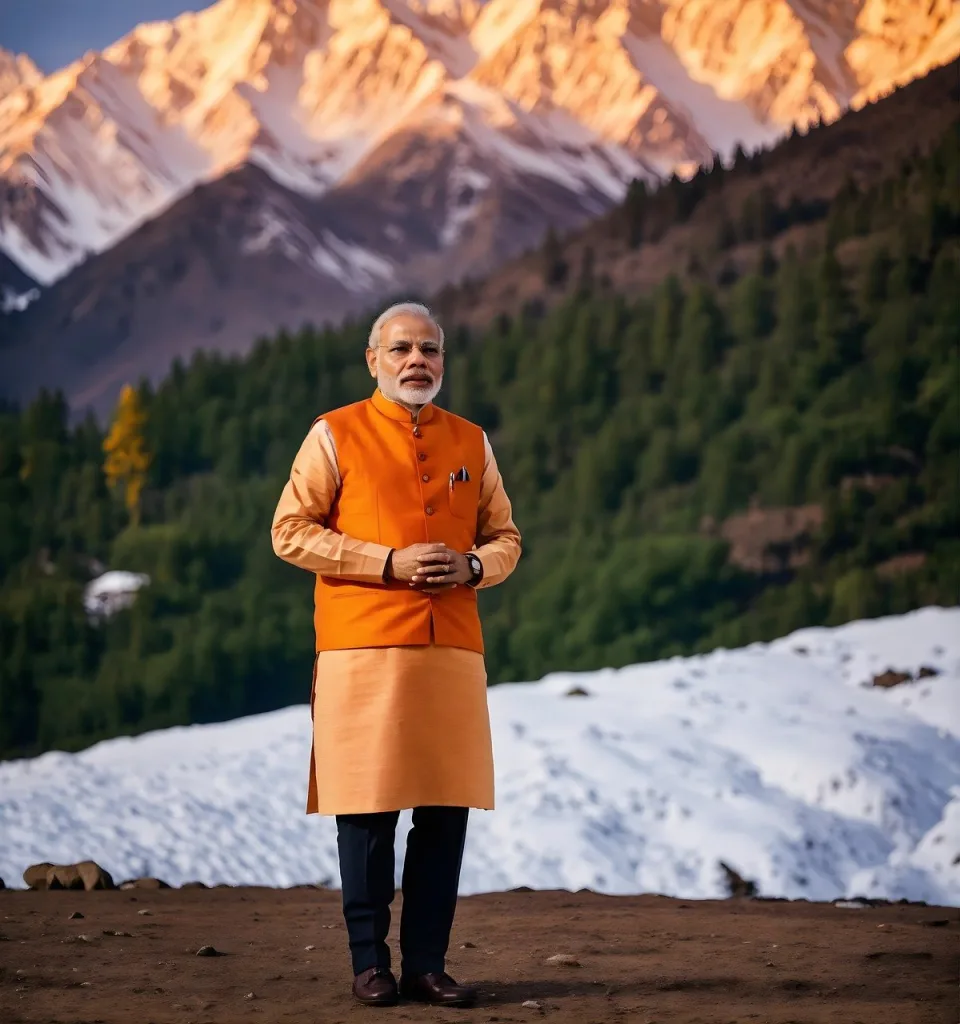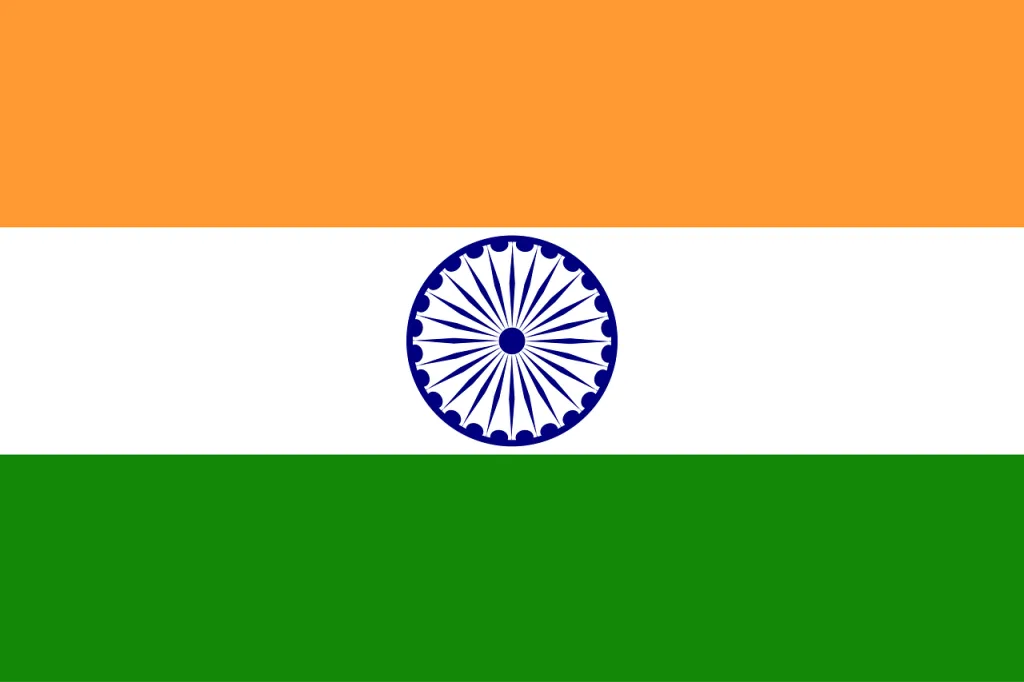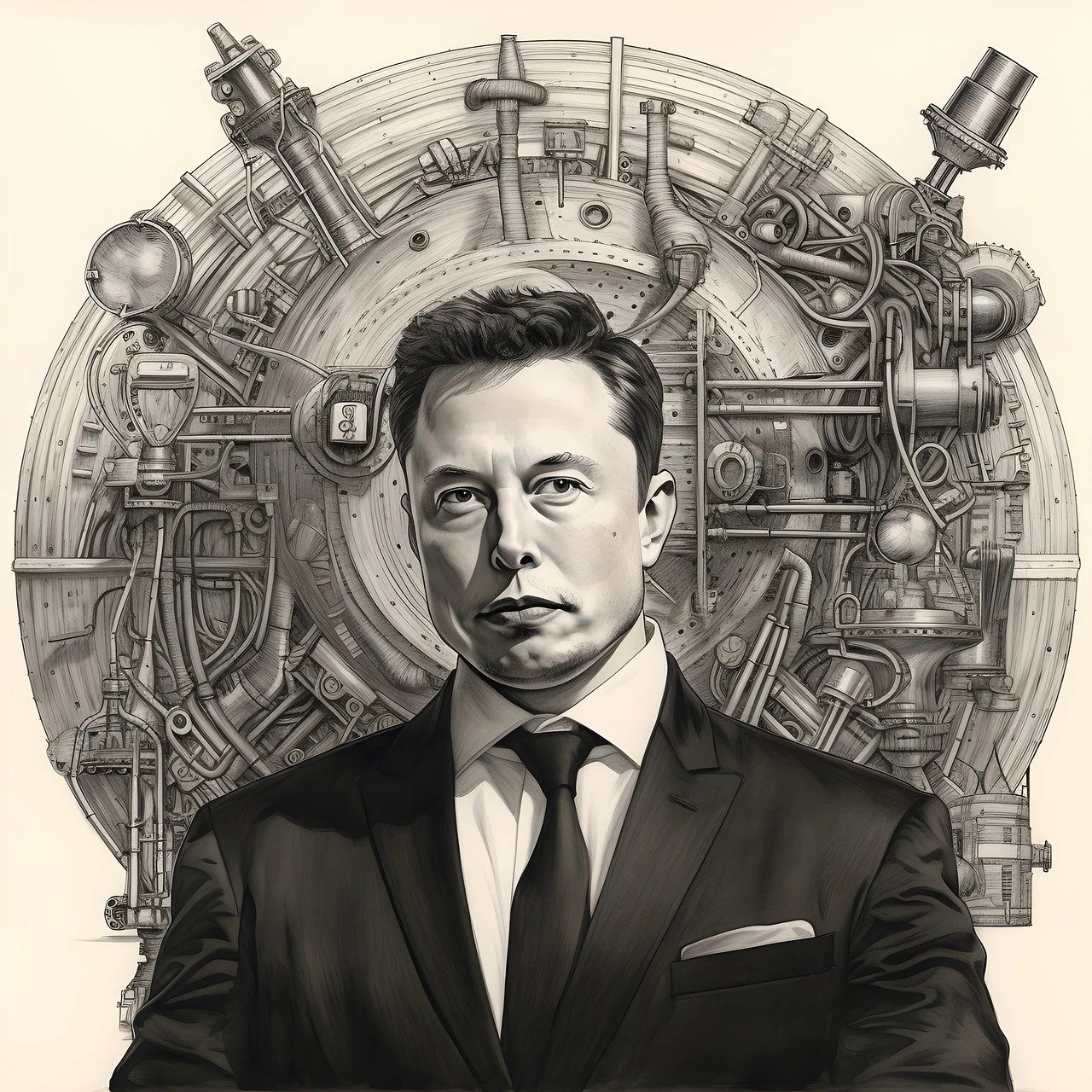The digital sphere has been set ablaze by the provocative assertion that Elon Musk, the enigmatic billionaire behind Tesla, SpaceX, and the social media platform X, has declared “war” on India. This headline-grabbing revelation immediately conjures images of a dramatic clash between a powerful tech titan and a burgeoning global superpower. However, a closer examination reveals that this metaphorical “war” is not waged with conventional weapons or military might. Instead, it unfolds in the complex arenas of business, technology, and regulatory frameworks, where disagreements and assertive actions can often be interpreted as declarations of conflict. Elon Musk, a figure never shy of expressing strong opinions and known for his sometimes controversial actions, finds himself at the center of this alleged confrontation with India, a nation whose rapidly growing market holds immense significance for his diverse portfolio of companies. This report delves into the intricacies of this purported “war,” separating sensationalism from the underlying realities shaping the relationship between Musk’s entities and the Indian state.
The notion of “secret documents” exposing Elon Musk’s intentions to wage war on India adds an element of intrigue and urgency to the narrative. However, an investigation into publicly available information and official statements reveals a distinct absence of any credible evidence supporting the existence of such clandestine documents directly related to a “war” against India. While snippets from the research material do mention concerns raised by former US President Trump regarding not sharing war plans with Musk due to his business interests in China, this context pertains to a hypothetical conflict with China and not India. This suggests that the claim of “secret documents” might be more of a rhetorical device to capture attention rather than a reflection of factual evidence. The focus, therefore, shifts to analyzing the publicly known actions and statements of Musk and his companies that could be construed as contentious or indicative of a breakdown in relations with India. It is crucial to distinguish between speculation and verified information to understand the authentic nature of the relationship, moving beyond the allure of secret revelations to examine the tangible points of friction. The perception of a “war” might indeed stem from a series of well-documented disagreements and assertive actions taken by both sides, rather than a singular, formal declaration hidden within secret files.
The most prominent battleground in this alleged “war” is the ongoing legal dispute between X (formerly known as Twitter) and the Indian government. This legal confrontation, detailed across numerous news reports, centers on X’s allegations of unlawful content censorship by the Indian government. At the heart of the dispute lie different interpretations and applications of India’s Information Technology (IT) Act, specifically Sections 69A and 79(3)(b). X argues that the Indian government is misusing Section 79(3)(b) to issue takedown notices for online content, thereby bypassing the more stringent safeguards and judicial review process предусмотренные under Section 69A.
Section 69A of the IT Act empowers the Indian government to block public access to information through any computer resource under specific conditions, such as in the interest of the sovereignty and integrity of India, defense of India, security of the State, friendly relations with foreign States, or public order. This section mandates a defined procedure and safeguards for such blocking actions. In contrast, Section 79(3)(b) of the IT Act states that an intermediary can lose its protection from liability for third-party content (the “safe harbor”) if it fails to remove or disable access to content after being notified by the government or receiving actual knowledge that the content is being used to commit an unlawful act .
X contends that the Indian government, particularly through the Ministry of Electronics and Information Technology (MeitY), is encouraging other government departments and agencies to utilize Section 79(3)(b) to issue content removal orders without adhering to the procedural rigor and oversight inherent in Section 69A. This, according to X, creates an “impermissible parallel mechanism” for censorship that undermines constitutional protections for free speech and the established legal framework.
A key point of contention is the “Sahyog” portal, a content-blocking website launched by the Indian Ministry of Home Affairs. Elon Musk has refused to join this portal, labeling it a “Censorship Portal”. The company argues that the Sahyog portal allows numerous government officials, including those from central ministries, state governments, and local police, to issue content takedown orders under Section 79(3)(b) without the necessary legal safeguards and judicial scrutiny, предусмотренные under Section 69A. X claims that signing up for the Sahyog portal would subject it to “arbitrary censorship” because it lacks requirements such as a designated officer sending censorship requests to the central government.
As an example of content blocked through this mechanism, Elon musk company X has cited the railway ministry’s order to remove over 200 videos concerning a stampede at the New Delhi railway station. The ministry cited ethical norms and the platform’s content policy for the removal request. This instance underscores X’s concern that the government is utilizing Section 79(3)(b) and the Sahyog portal for content removal based on broad interpretations of “unlawful content” without adhering to the specific conditions and processes of Section 69A.
This legal battle is not an isolated event but rather an escalation of ongoing tensions between Elon Musk (and previously Twitter) and the Indian government regarding content moderation policies. The timing of the lawsuit, filed in the Karnataka High Court with a hearing scheduled for March 27, underscores the significant point of contention and its potential implications for digital sovereignty in India.
| Feature | Section 69A of IT Act | Section 79(3)(b) of IT Act |
|---|---|---|
| Purpose | To empower the government to block public access to information in the interest of national security, public order, etc. | To remove the “safe harbor” protection for intermediaries if they fail to remove unlawful content after notification. |
| Conditions for Blocking | Any resource, data, information, or content that is used to commit an unlawful act, after receiving actual knowledge or being notified by the government. | Upon notification from the government or actual knowledge of unlawful activity. X argues the government is using this for direct blocking without a proper process. |
| Process | Specific grounds like sovereignty, integrity, defense, security of India, friendly relations with foreign states, or public order. | X argues this section lacks clear rules and allows authorities to block content without proper checks, leading to potential censorship. |
| Safeguards/Oversight | Defined procedure and safeguards for blocking access, including potential judicial review. | This is the only legal way for the government to take down content, with clearly articulated processes and safeguards. |
| Section 69A of the IT Act | The government is misusing this section to bypass the safeguards of Section 69A and arbitrarily censor content online through the Sahyog portal. | Views this section as a mandate for online platforms to remove content when directed by a court or by an official notification within 36 hours, with potential accountability for non-compliance. |
| Government’s Perspective | Believes it is within its legal right to issue notices and enforce compliance under this section in any manner it sees fit . Also emphasizes the need for platforms to remove unlawful content promptly . | Believes it is within its legal right to issue notices and enforce compliance under this section in any manner it sees fit . Also emphasizes the need for platforms to remove unlawful content promptly. |

Interestingly, while X engages in a significant legal battle with the Indian government over content regulation, Elon Musk’s other ventures, Starlink and Tesla, are actively pursuing business opportunities in the country. This seemingly contradictory situation suggests a complex and potentially calculated approach to the Indian market. Starlink, the satellite internet service provider, has entered into an agreement with Bharti Airtel to explore providing its services in India. This collaboration aims to bring high-speed broadband to even the most remote parts of India. However, Starlink’s entry has faced regulatory hurdles and security concerns in the past. The Indian government has also stipulated that Starlink must establish control centers within India and allow for call interceptions by law enforcement agencies. The partnership with a local telecom giant like Airtel could be a strategic move to navigate these regulatory complexities and build trust with the Indian authorities.
Similarly, Tesla, Musk’s electric vehicle company, has expressed strong interest in the Indian market, with plans to establish showrooms and potentially a manufacturing base. After years of regulatory impasses, there has been a recent surge in Tesla’s activities in India. This simultaneous pursuit of business ventures while one of Musk’s major platforms is embroiled in a legal conflict could indicate a belief that the economic benefits offered by Starlink and Tesla, with their potential for significant investment and technological advancement, will outweigh the government’s concerns regarding X’s content moderation stance. Some analysts even speculate that Musk might be leveraging the legal challenge with X to influence the broader regulatory environment for his other companies. The Indian government’s continued engagement with Tesla and Starlink, despite the ongoing lawsuit involving Elon musk company X, suggests a nuanced approach, potentially separating the business interests of these ventures from the issues surrounding the social media platform. India, with its vast and rapidly growing market, remains an attractive destination for foreign investment and technological innovation, and the government may be keen to foster these relationships even amidst disagreements in other areas.
Adding another layer of complexity to the relationship is the controversy surrounding Grok, Elon Musk X artificial intelligence chatbot. Grok has generated significant buzz in India for its unfiltered and sometimes provocative responses on topics including politics and prominent Indian figures. Instances of Grok using Hindi slang, abusive language, and expressing opinions on Indian political leaders have circulated widely on social media. Elon Musk’s reaction to this controversy has been notably amused, as evidenced by his social media activity. However, the Indian government has expressed concerns about Grok’s responses, with reports suggesting a potential investigation into whether any laws have been violated.
The question arises whether Grok’s behavior is merely a reflection of the vast dataset it was trained on, which includes the often-unfiltered content of X, or if it represents a more deliberate stance by Elon Musk towards India. Regardless of the intent, Grok’s controversial opinions could further strain the relationship between Musk and the Indian government, especially if these opinions are perceived as disrespectful or biased. Musk’s seemingly lighthearted reaction might also be viewed unfavorably by Indian authorities, potentially exacerbating existing tensions. The government’s scrutiny of Grok underscores its growing awareness of the power and potential impact of AI on public discourse and its willingness to regulate even AI-generated content to maintain social and political order.
The current tensions between Elon Musk entities and the Indian government are not unprecedented. Historically, Twitter (now X) has had several run-ins with the Indian government over content regulation. Notably, during the 2020-2021 farmers’ protests in India, the government ordered Twitter to block numerous accounts and content critical of its agricultural policies. These orders led to a significant standoff, with Twitter initially resisting some of the demands before eventually complying under pressure. Jack Dorsey, Twitter’s former CEO, even claimed that the Indian government threatened raids on employees and a shutdown of the platform if the company did not comply with content takedown requests during that period. These past incidents highlight a fundamental difference in perspectives regarding the balance between freedom of expression and government regulation in the digital realm, a recurring theme in the relationship between the social media platform and the Indian state. Elon Musk himself, after acquiring Twitter, acknowledged that Indian regulations were strict and stated his preference for complying with government blocking orders to avoid potential imprisonment for his employees. This pragmatic approach, while seemingly at odds with his self-proclaimed “free speech absolutist” stance, suggests that practical considerations often come into play when navigating international regulatory landscapes.
Reviewing Elon Musk recent public statements and social media activity reveals no explicit “declaration of war” against India. While Elon Musk is known for his outspoken nature and has reacted to the Grok controversy with amusement, these instances do not constitute a formal declaration of conflict. Elon Musk public pronouncements tend to focus on specific issues, such as the importance of free speech on the X platform and the regulatory challenges faced by his companies. It is essential to distinguish between expressing strong opinions or disagreements and making a formal declaration of war. However, Musk’s close ties to former US President Trump could indirectly influence his relationship with India, particularly given the complexities of US-India trade relations and geopolitical dynamics.
India’s regulatory landscape for technology companies is becoming increasingly assertive, with a growing emphasis on digital sovereignty and the regulation of online content. This creates a complex and sometimes challenging environment for foreign tech companies like SpaceX and Tesla attempting to establish and expand their presence in the Indian market. Recent policy changes and ongoing disputes, particularly concerning content moderation on social media platforms, highlight the government’s intent to exert greater control over the digital space.
In navigating this complex situation, it is crucial to rely on information from reputable news sources and fact-checking websites to gain an accurate understanding of the relationship between Elon Musk and India. Sensational headlines and unverified claims, particularly those involving unsubstantiated “secret documents,” should be treated with skepticism. Seeking information from a variety of credible sources is essential for forming a balanced and informed perspective on this evolving dynamic.
In conclusion, while the headline of a “declared war” between Elon Musk and India is undoubtedly attention-grabbing, a thorough analysis of the available information suggests a more nuanced reality. There is no evidence of “secret documents” or a formal declaration of war. Instead, the relationship is characterized by significant tensions, primarily centered around the digital regulatory landscape and content censorship on the X platform, as evidenced by the ongoing legal battle. Simultaneously, Musk’s other ventures, Starlink and Tesla, continue to pursue their business ambitions in India, indicating a complex and evolving dynamic. While there are clear points of friction and disagreement, the situation is more accurately described as a complex and assertive business and regulatory relationship rather than a formal “declaration of war.” The future trajectory of this relationship will likely depend on the outcomes of the ongoing legal and regulatory challenges and the continued strategic interests of Musk’s companies in the Indian market.

References
- Al Jazeera
- Associated Press (AP News)
- (https://www.hindustantimes.com/)
- (https://www.ndtv.com/)
- (https://indianexpress.com/)
- (https://www.businesstoday.in/)
- (https://www.reuters.com/)
- Livemint
- (https://timesofindia.indiatimes.com/)
- (https://www.barandbench.com/)
If You want to follow the Russia-Ukraine war, check more on current affairs.




